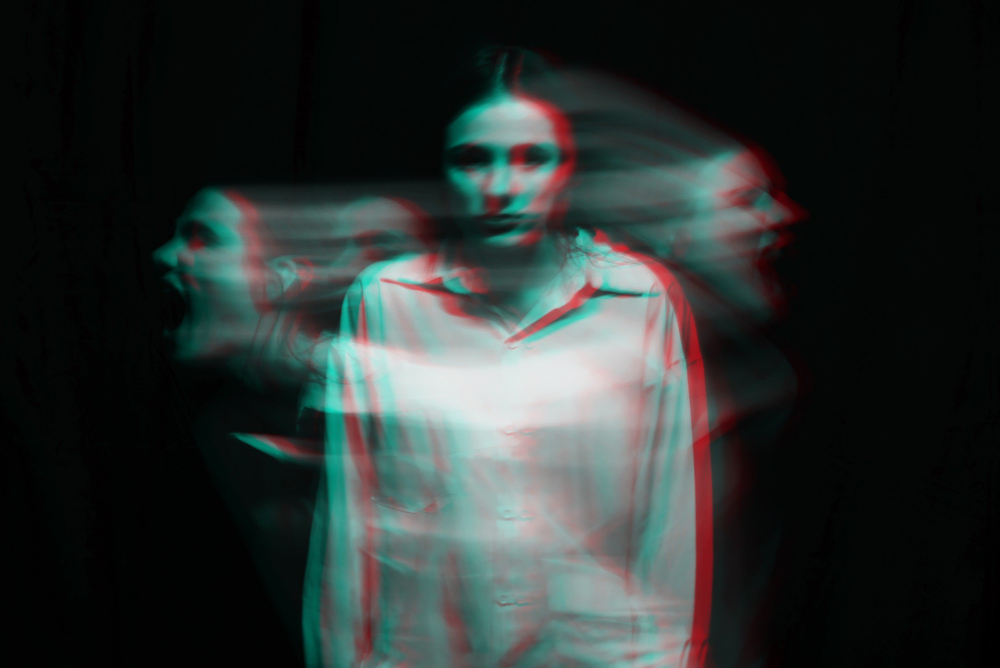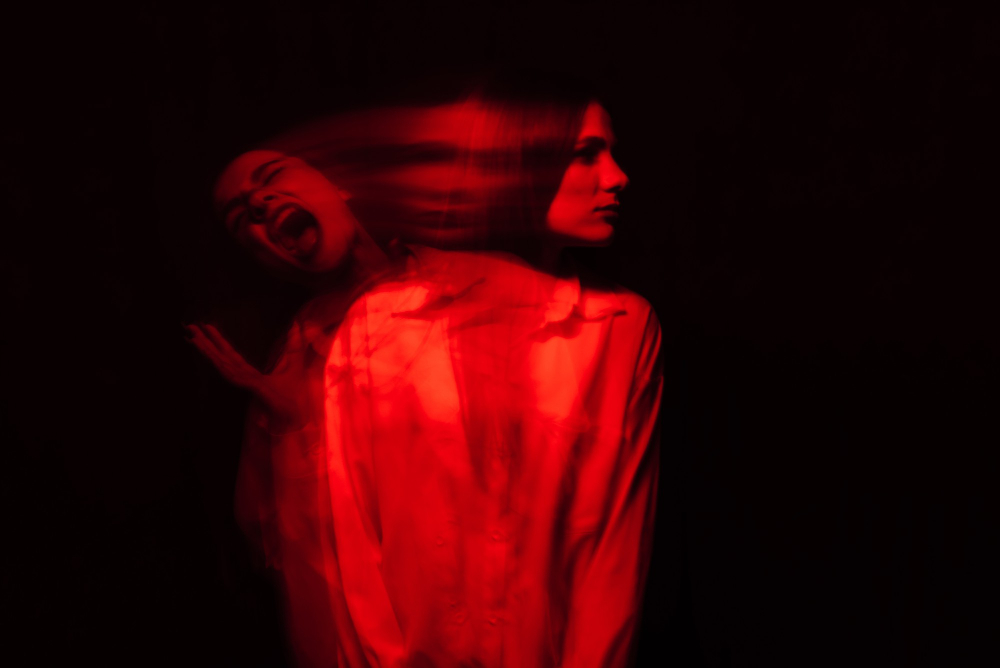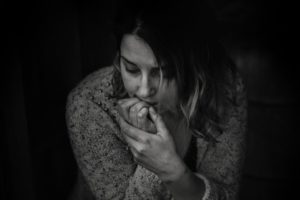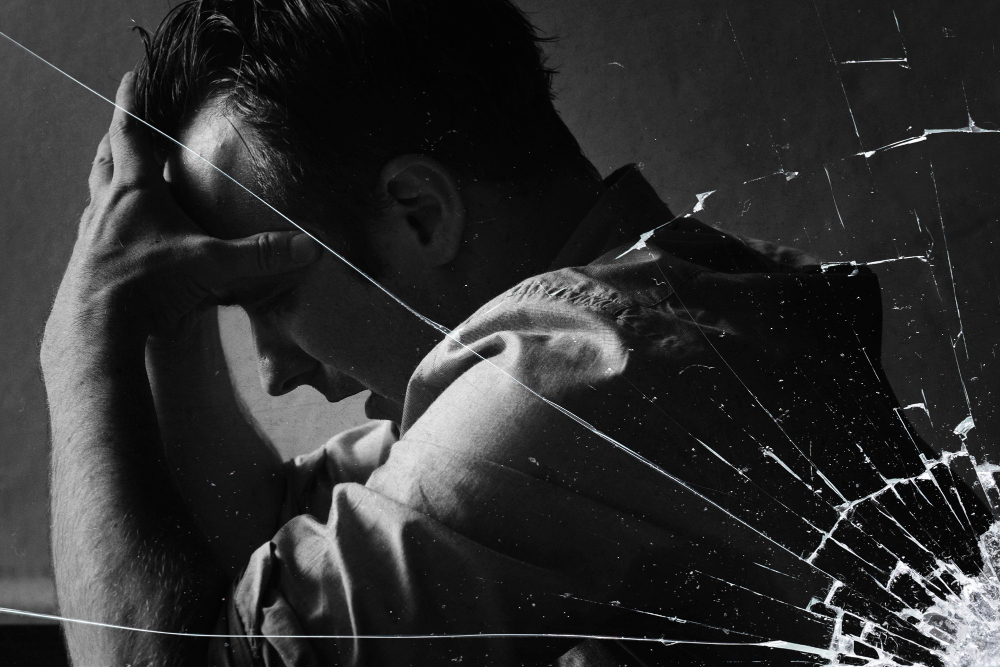In our surroundings, we observe people with different energy levels. Some are energetic and excited and some are low and dull. All of these depend upon a people’s personality and their circumstances. However, there is a disease termed Bipolar Disorder, which involves recurring shifting of moods and behaviors that are more intense than regular mood swings. At times a person is overly enthusiastic while sometimes he is so tuned down. So basically, there are two swings; one is mania and the other is depression this is why this is also known as manic depression.
It is difficult to imagine a day when you are so depressed that you’re unable to move, get out of bed. while at other times being so elated that you actually believe that jumping off a roof will not harm you at all. Unfortunately, there is a lot of denial because of the huge stigma associated with mental health disorders. People who are mentally unwell are usually taken to shrines. Since there is no visible “illness”, it is also considered a “curse” due to black magic.
A psychiatrist tells that she treated a woman whose face was scarred by a faith healer with hot tongs when she was hysterical. By going through so much trauma, both physical and emotional, most develop Post Traumatic Stress Disorder which further exacerbates their ordeal. Bipolar disorder is discussed in detail below.
Symptoms:
Bipolar disorder presents itself differently in all cases as the symptoms can vary widely. There are four types of mood episodes in bipolar disorder: mania, hypomania, depression, and mixed episodes. Each type of bipolar disorder mood episode has a unique set of symptoms.
Symptoms of mania include:
- Feeling optimistic or extremely irritable
- Sleeping very little, but feeling extremely energetic
- Talking fastly
- Racing thoughts
- Acting recklessly without thinking about the consequences
- Delusions and hallucinations (in severe cases)
Symptoms of bipolar depression include:
- Feeling hopeless, sad, or empty
- Irritability
- Fatigue
- Appetite or weight changes
- Sleep problems
- Concentration problems
- Feelings of worthlessness
- Thoughts of death or suicide
Types of Bipolar Disorder:
The distinction between types is not always clear- cut, however, some differences help to recognize the kind of disorder;
-
Bipolar Disorder-1:
A state in which a person has more manic episodes than depressive ones.
-
Bipolar Disorder-2:
It’s a kind of disease in which among mania and depression, often depressive state is dominant.
-
Bipolar Disorder – Not Otherwise Specified (BP-NOS):
It is diagnosed when symptoms of the illness exist but do not meet diagnostic criteria for either bipolar I or II.
-
Cyclothymic Disorder:
A mild form of bipolar disorder where episodes of hypomania and mild depression may persist for at least two years.
Causes of Bipolar Disorder:
Bipolar disorder is a frequently inherited disease such that in 80% of cases, the cause is a genetic factor. Other causes include trauma in childhood like separation of parents, an accident, or death. Stress through a stressful event can cause Bipolar disorder. During pregnancy, women can have Bipolar disorder. Use of certain drugs, seasonal changes, and irregular sleep patterns can set off bipolar symptoms and problems again.
Bipolar Disorder Diagnosis:
It’s the most misunderstood mental illness which is hard to identify at an earlier stage because during a “high” state, family or friends assume that the patient is happy and hard-working but in reality, he is emotionally troubled. However, after some time when the intensity and period of this highly energetic phase increases or when the depressive stage appears the people get to know about the condition of the affected person.
It’s hard to see the difference between normal depression and bipolar depression, however, it can be distinguished if the patient experiences a manic episode after a depressive one. Some drugs also develop the same symptoms so it is checked through tests whether the frequent mood changes are due to disease or overuse of drugs.
Bipolar Disorder Effects:
Bipolar disorder can cause severe disruption to a person’s life, but the impact varies between individuals. Effects of the disorder are entirely different in both episodes;
-
Mania:
If “high” and “low” episodes are very intense then the person may experience psychosis. According to the International Bipolar Foundation, psychosis symptoms during a high include hallucinations, which involve hearing or seeing things that are false but strongly felt beliefs. During a manic episode, you might display impulsive behavior such as charging up huge amounts on your credit cards, or feeling rested after sleeping for very little time. He becomes talkative. He can be stubborn and thinks of himself as righteous that’s why it is very difficult to convince him for treatment.
-
Depression:
During a depressive or “low” episode, they may believe they are ruined and penniless. During a depressive episode, the sufferer might be full of anxiety and hopelessness. Further, these mood shifts can affect sleep, energy, activity, judgment, behavior, and the ability to think clearly.
Bipolar Disorder Treatment:
Since it is a chronic ailment, the one which develops slowly so the treatment also takes long time. The ultimate goal is to enable a person’s normal functioning of life in order to achieve this, a combination of methodologies are used which involve;
Counseling, physical intervention, medication, and lifestyle remedies. CBT is widely used to treat Bipolar disorder as it helps to stabilize the mood for a longer period. Some minor changes in lifestyle can greatly help in stabilizing behavior. Regular exercise and a healthy diet have a role to play too.
Here it is important to note that even if the “high”, “low” episodes are over do not ever stop medication without your physician’s approval, as withdrawal may make the symptoms worse and they can appear anytime again.
Bipolar disease is not a rare disease in fact every 1 person out of 100 is counted as affected. The estimated rate of prevalence for bipolar spectrum disorder among students of Pakistan is 14.3%. On average, a person receives a Bipolar disorder around the age of 25 years, but symptoms can appear during the teenage years or later in life. .
An English writer and director, Stephen Fry, openly talks about it and has even made a documentary about what it is like to be bipolar. Studies show connections between bipolar disorder and creativity and many lists of famous bipolar artists, writers have been compiled which show just how much those of us with this “disease” have contributed to the world If you know someone who has the sickness, listen to them without passing judgment and assure them that through perseverance and dedication, the condition can be treated and that every cloud has a silver lining. With perseverance and dedication, the condition can be treated.
How SehatYab Will Help?
SehatYab is an online mental health service run by leading psychiatrists and psychologists providing a full-scope service that is affordable, accessible, and private. To consult an online psychiatrist or psychologist for Bipolar Disorder, please visit www.sehatyab.com or contact at 03001003171 / 03001003172




